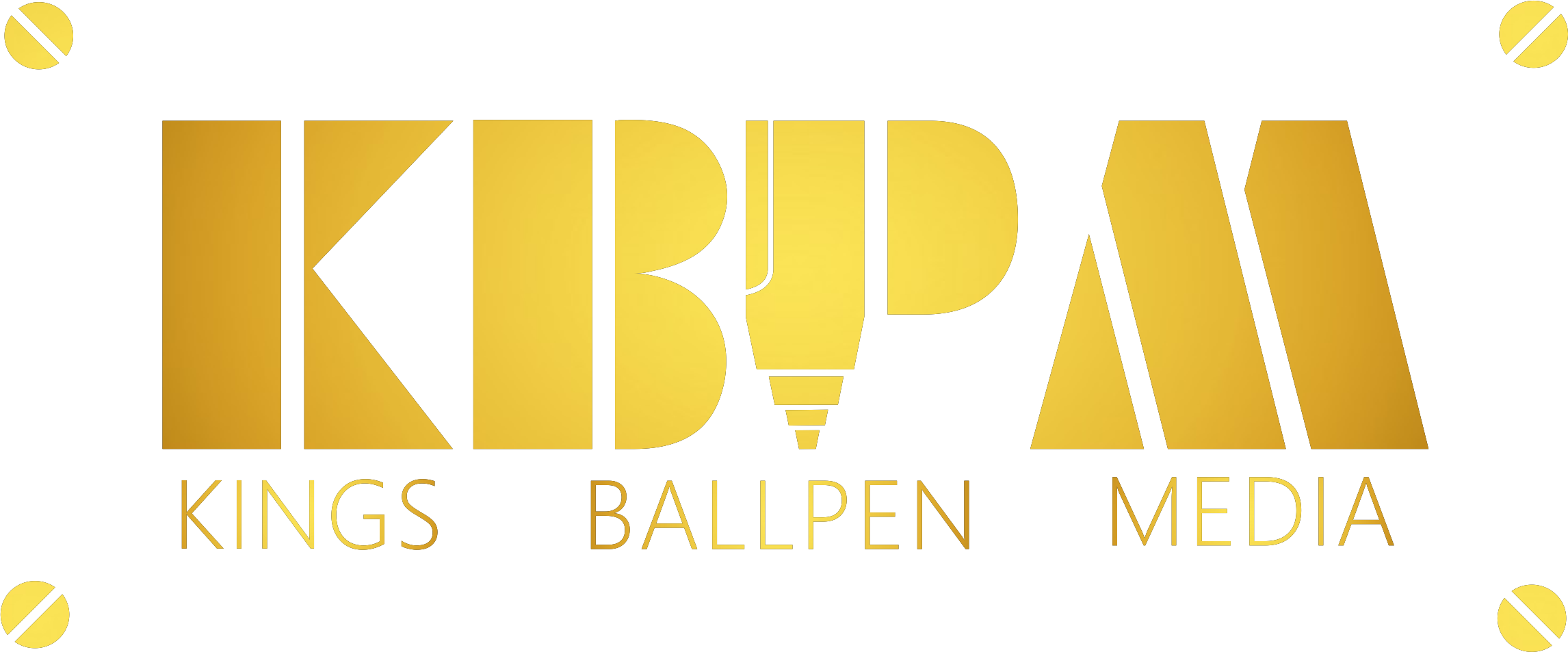What is break-even analysis?
Break-even analysis is a technique used to determine when a business will begin to generate a profit. It entails estimating the business’s overall permanent and variable costs, such as rent and salary, and the cost of materials. The break-even point is the moment at which total sales revenue equals total operating expenses. Typically, this is depicted as a graph, with total costs on the vertical axis and total revenue on the horizontal. The break-even point can alternatively be expressed as a formula: fixed costs / variable revenues (price per unit – variable costs per unit). Once the break-even threshold has been discovered, a business can utilize this knowledge to make decisions regarding price, production, and marketing to increase profits.
What is it used for
Break-even analysis is utilized for numerous reasons, including:
Determining the minimal sales volume necessary to pay costs: By understanding the point of break-even, a business can estimate the minimum level of sales necessary to cover its costs and begin to generate a profit.
Developing prices: Break-even analysis can be used to identify the appropriate price for a product or service, factoring in production costs and desired profit margin.
Assessing the viability of a new venture: Before beginning a new project, a business might conduct a break-even analysis to establish whether the project is likely to be profitable and to calculate the necessary level of investment.
Identifying areas for cost reduction: Understanding the relationship between expenses and revenues enables a business to discover areas where costs can be reduced to boost profitability.
Measuring the impact of changes in variables: A firm can use break-even analysis to determine the effect of changes in price, volume, and costs on the profitability of a product or service.
Why is it important
Break-even analysis is essential for a variety of reasons, such as:
It assists companies in making informed decisions: By understanding the break-even threshold, a corporation can make more profitable decisions regarding price, manufacturing, and marketing.
Understanding the relationship between expenses and revenue enables firms to discover areas where costs can be reduced to boost profitability.
It assists firms in assessing the viability of new projects: Before beginning a new project, a business might conduct a break-even analysis to establish whether the project is likely to be profitable and to calculate the necessary level of investment.
It assists firms in measuring the impact of variable changes: A firm can use break-even analysis to determine how changes in variables such as price, volume, and costs affect a product or service’s profitability.
Understanding the break-even point enables firms to predict future performance and make the required modifications to reach a profitable position.
By analyzing the cost structure and break-even point, a company may determine the customer’s willingness to pay and alter prices accordingly to maximize profitability.
How to derive break-even analysis
There are a few steps involved in deriving a break-even analysis:
Estimate fixed costs: The first stage is to determine the entire fixed costs of the business, such as rent, salaries, and other expenses that are unaffected by production or sales levels.
Determine variable costs: The following stage is to establish the variable expenses of the firm, such as the cost of materials, which vary with production or sales volume.
Determine the price to sell: The pricing of the product or service must be established.
Calculate the point of break-even: The point of break-even is when total income equals entire expenses. This is expressed by the following formula: Profitability point = fixed costs/ (price per unit – variable costs per unit).
Create a profitability chart: To depict the link between costs, revenue, and the break-even point, one might develop a break-even chart. Total costs are often plotted on the vertical axis and total revenue on the horizontal axis, with the break-even point indicated by the intersection of the two lines.
Analyze the outcome: to determine the number of units that must be sold to break even, the sales income required to break even, and the profit or loss at various sales levels.
Use the outcomes: In order to increase profitability, the results can be utilized to make informed decisions regarding price, manufacturing, and marketing.
Quick Links
Business Plan – Definition, Importance & What is Included
Financial Statements – Types and How To Read Them
Understanding Revenue Assumptions – Its Uses and Application
A Quick Guide to Expenses Assumption – Its Uses, Application and How to Create a Schedule
A Quick Guide to Payroll Expenses
A Quick Guide to Understanding Income Projection
An Overview on Profit & Loss table or Income Statement
What is Cash Flow – Its uses, importance & how to derive your cash flow statement
An Overview of Balance Sheet Statement & its Function
Breakeven Analysis – A Complete Guide

